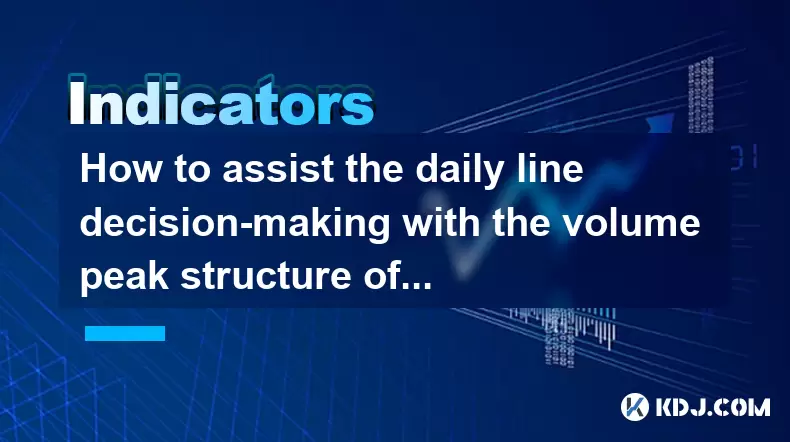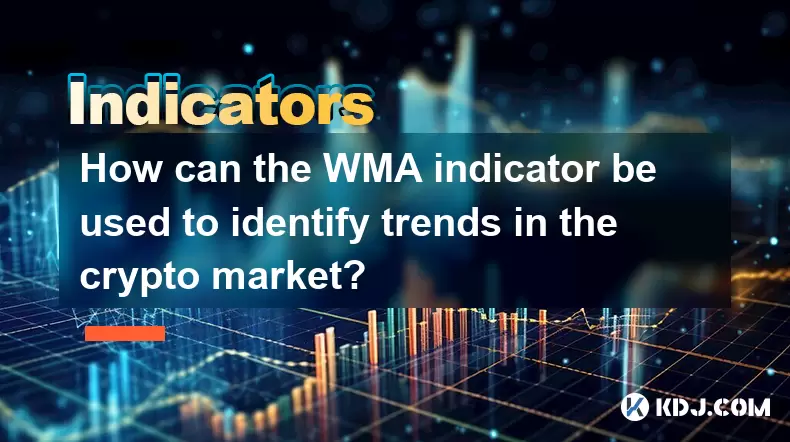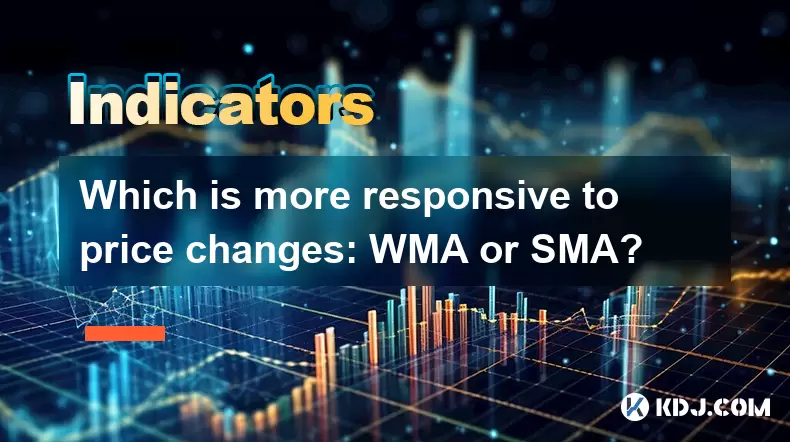-
 Bitcoin
Bitcoin $118300
-0.58% -
 Ethereum
Ethereum $3825
0.11% -
 XRP
XRP $3.137
-0.71% -
 Tether USDt
Tether USDt $0.9999
-0.01% -
 BNB
BNB $803.9
-3.37% -
 Solana
Solana $181.5
-1.94% -
 USDC
USDC $0.9999
0.01% -
 Dogecoin
Dogecoin $0.2238
-2.51% -
 TRON
TRON $0.3358
2.12% -
 Cardano
Cardano $0.7844
-2.16% -
 Hyperliquid
Hyperliquid $43.31
-1.48% -
 Sui
Sui $3.807
-4.04% -
 Stellar
Stellar $0.4203
-1.96% -
 Chainlink
Chainlink $17.79
-3.00% -
 Bitcoin Cash
Bitcoin Cash $567.8
-1.34% -
 Hedera
Hedera $0.2614
-4.30% -
 Avalanche
Avalanche $24.19
-4.46% -
 Litecoin
Litecoin $109.2
-0.74% -
 UNUS SED LEO
UNUS SED LEO $8.969
-0.01% -
 Toncoin
Toncoin $3.404
3.97% -
 Ethena USDe
Ethena USDe $1.001
-0.01% -
 Shiba Inu
Shiba Inu $0.00001307
-3.19% -
 Uniswap
Uniswap $10.33
-1.23% -
 Polkadot
Polkadot $3.884
-4.06% -
 Monero
Monero $312.9
-1.87% -
 Dai
Dai $1.000
0.01% -
 Bitget Token
Bitget Token $4.537
-2.24% -
 Pepe
Pepe $0.00001156
-3.40% -
 Cronos
Cronos $0.1437
-0.89% -
 Aave
Aave $282.8
-2.77%
How to assist the daily line decision-making with the volume peak structure of the time-sharing chart?
Volume peaks in time-sharing charts signal strong market participation, often preceding price breakouts or reversals.
Jun 18, 2025 at 11:56 pm

Understanding the Volume Peak Structure in Time-Sharing Charts
In cryptocurrency trading, volume peak structure within a time-sharing chart is an essential indicator that helps traders identify potential shifts in market sentiment. A time-sharing chart breaks down price and volume data into small intervals — often minutes or seconds — allowing for granular analysis of how volume behaves over short periods. The peaks in this structure reflect moments when trading activity spikes significantly.
Understanding these peaks is crucial because they often precede price movements. When volume increases sharply, it indicates strong participation from buyers or sellers, which may lead to a breakout or reversal. Conversely, low volume during price movement suggests weak conviction and potential reversals.
Identifying Volume Peaks in Real-Time Trading
To effectively use volume peak structures, traders must first learn how to spot them on their charts. Most modern trading platforms offer time-sharing charts with volume profiles displayed either below the price chart or integrated into candlesticks as volume-by-price indicators.
Look for sudden surges in the volume bars that stand out from the surrounding levels. These spikes in volume often occur around key support or resistance levels, news events, or major order book imbalances. Pay attention to how price reacts after these spikes — if the price continues in the direction of the volume surge, it could signal a strong trend continuation.
Traders should also differentiate between bullish and bearish volume peaks:
- Bullish volume peaks usually appear at price lows, where buying pressure suddenly overwhelms selling.
- Bearish volume peaks tend to form at price highs, indicating aggressive profit-taking or new sell orders entering the market.
Correlating Volume Peaks with Price Action
The true power of volume peak structure lies in its correlation with price action. Traders can gain insights by overlaying volume data with candlestick patterns or technical indicators like moving averages or RSI.
For instance, a bullish engulfing pattern accompanied by a sharp increase in volume adds credibility to the reversal signal. Similarly, a doji forming after a significant volume spike might suggest indecision and a possible trend change.
It’s also useful to compare current volume levels with average volumes over previous sessions. If today's volume is substantially higher than usual, especially during a breakout, it strengthens the validity of the move. However, be cautious of false breakouts supported by low volume — they often result in quick reversals.
Applying Volume Peaks in Daily Line Decision-Making
Integrating volume peak structures into daily line decision-making involves monitoring both intraday and interday trends. On a daily chart, volume peaks can confirm whether a particular day’s price movement was driven by genuine market interest or just random noise.
When analyzing daily candles, check if high-volume days coincide with important chart patterns such as head and shoulders, triangles, or double tops/bottoms. A high-volume breakout from a consolidation phase often signals a strong directional move.
Here are some practical steps:
- Observe volume behavior during key support or resistance tests.
- Look for divergence between price and volume — for example, rising prices but declining volume may indicate weakening momentum.
- Use volume peaks to filter trade setups; only consider entries that align with strong volume signals.
By doing so, traders can enhance their confidence in daily decisions and reduce the risk of falling into misleading price moves.
Practical Steps to Incorporate Volume Peak Analysis into Your Strategy
To incorporate volume peak analysis into your trading strategy, follow these detailed steps:
- Enable volume profile settings on your charting platform. Most platforms allow you to toggle between standard volume bars and more advanced volume-by-price heatmaps.
- Set up alerts for abnormal volume spikes using built-in tools or third-party scripts. This allows real-time reaction to sudden changes in market dynamics.
- Overlay volume data with other indicators such as Bollinger Bands, MACD, or OBV (On-Balance Volume) to validate signals.
- Record volume peak occurrences alongside price levels in a journal. Over time, this will help identify recurring patterns and improve decision-making accuracy.
- Use multiple timeframes — for example, analyze 1-minute and 5-minute time-sharing charts alongside the daily chart to understand both micro and macro volume behaviors.
These steps ensure that volume peak analysis becomes a consistent part of your trading routine, helping refine entry and exit points based on actual market participation.
Frequently Asked Questions
Q: Can volume peak analysis be applied across different cryptocurrencies?
Yes, volume peak structures are applicable to all liquid cryptocurrencies. However, low-cap or illiquid coins may produce misleading volume signals due to thinner order books and potential manipulation.
Q: How does volume peak structure differ from traditional volume analysis?
Traditional volume analysis focuses on cumulative volume per candle, while volume peak structure emphasizes short-term bursts of trading activity within time-sharing intervals, offering more precise timing cues.
Q: Should I rely solely on volume peaks for making trades?
No, volume peaks should complement other technical and possibly fundamental analyses. Using them alone can lead to false positives, especially in volatile crypto markets.
Q: Are there specific tools or platforms best suited for analyzing volume peak structures?
Platforms like TradingView, Bybit, and Binance offer robust charting features including volume profiles. Advanced traders may prefer tools like Bookmap or DepthCharts for enhanced visualization of volume peaks.
Disclaimer:info@kdj.com
The information provided is not trading advice. kdj.com does not assume any responsibility for any investments made based on the information provided in this article. Cryptocurrencies are highly volatile and it is highly recommended that you invest with caution after thorough research!
If you believe that the content used on this website infringes your copyright, please contact us immediately (info@kdj.com) and we will delete it promptly.
- Ozak AI Presale: Your Chance to Turn 1 ETH into 20? A Crypto Investment Deep Dive
- 2025-07-30 15:50:12
- IPO, Bitcoin, and Treasury: A New Era of Crypto Investment?
- 2025-07-30 14:30:12
- Bitcoin, Binance, and Whales: Decoding the Latest Market Moves
- 2025-07-30 14:50:12
- Bitcoin, Binance, and Whales: Decoding the $1.2B Shuffle
- 2025-07-30 16:10:12
- MultiBank Group's $MBG Token: Bridging TradFi and Web3 with LBank Listing
- 2025-07-30 16:10:12
- NFTs: Punks, Penguins, and the Market's Mosh Pit
- 2025-07-30 16:16:00
Related knowledge

What are the best WMA settings for day trading crypto?
Jul 30,2025 at 03:43pm
Understanding WMA in the Context of Crypto Day TradingThe Weighted Moving Average (WMA) is a technical indicator that assigns greater importance to re...

How can the WMA indicator be used to identify trends in the crypto market?
Jul 30,2025 at 04:56pm
Understanding the WMA Indicator in Cryptocurrency TradingThe Weighted Moving Average (WMA) is a technical analysis tool that assigns greater importanc...

What are the advantages of using the WMA indicator for crypto?
Jul 30,2025 at 03:21pm
Understanding the WMA Indicator in Cryptocurrency TradingThe Weighted Moving Average (WMA) is a technical analysis tool widely used in cryptocurrency ...

Which is more responsive to price changes: WMA or SMA?
Jul 30,2025 at 05:00pm
Understanding Weighted Moving Average (WMA)The Weighted Moving Average (WMA) assigns greater importance to recent price data, making it inherently mor...

What are the main differences between WMA, SMA, and EMA in crypto?
Jul 30,2025 at 02:50pm
Understanding the Role of Private Keys in Cryptocurrency WalletsEvery cryptocurrency wallet operates based on cryptographic principles, with the priva...

How is the WMA indicator calculated in cryptocurrency trading?
Jul 30,2025 at 02:35pm
Understanding the Weighted Moving Average (WMA) in Cryptocurrency TradingThe Weighted Moving Average (WMA) is a technical analysis tool widely used in...

What are the best WMA settings for day trading crypto?
Jul 30,2025 at 03:43pm
Understanding WMA in the Context of Crypto Day TradingThe Weighted Moving Average (WMA) is a technical indicator that assigns greater importance to re...

How can the WMA indicator be used to identify trends in the crypto market?
Jul 30,2025 at 04:56pm
Understanding the WMA Indicator in Cryptocurrency TradingThe Weighted Moving Average (WMA) is a technical analysis tool that assigns greater importanc...

What are the advantages of using the WMA indicator for crypto?
Jul 30,2025 at 03:21pm
Understanding the WMA Indicator in Cryptocurrency TradingThe Weighted Moving Average (WMA) is a technical analysis tool widely used in cryptocurrency ...

Which is more responsive to price changes: WMA or SMA?
Jul 30,2025 at 05:00pm
Understanding Weighted Moving Average (WMA)The Weighted Moving Average (WMA) assigns greater importance to recent price data, making it inherently mor...

What are the main differences between WMA, SMA, and EMA in crypto?
Jul 30,2025 at 02:50pm
Understanding the Role of Private Keys in Cryptocurrency WalletsEvery cryptocurrency wallet operates based on cryptographic principles, with the priva...

How is the WMA indicator calculated in cryptocurrency trading?
Jul 30,2025 at 02:35pm
Understanding the Weighted Moving Average (WMA) in Cryptocurrency TradingThe Weighted Moving Average (WMA) is a technical analysis tool widely used in...
See all articles

























































































